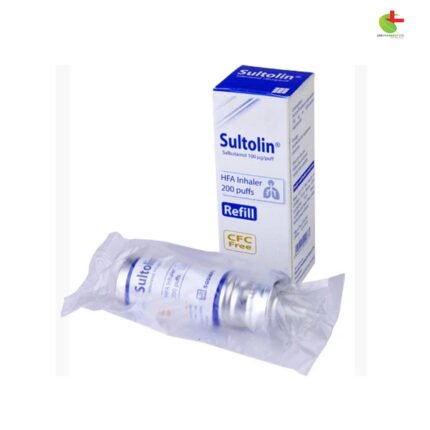Torax 10
120.00৳ Strip
- Torax provides trusted relief for acute post-operative pain and ocular discomfort.
- With potent analgesic properties, Torax alleviates pain, inflammation, and light sensitivity after surgery.
- Utilizing advanced NSAID technology, Torax inhibits prostaglandin synthesis for effective pain relief.
- Available in tablet or injection form, Torax offers tailored pain management solutions.
- Experience fast-acting, reliable relief with Torax for short-term pain management needs.
 Brand
Brand
|
Square Pharmaceuticals PLC |
|---|---|
 Generics
Generics
|
Ketorolac Tromethamine |
Indications
Torax serves as a solution for managing moderate to severe acute post-operative pain for a short period. Additionally, Torax ophthalmic solution aids in alleviating pain, inflammation, and sensitivity to light following ocular surgery. It may also be utilized to reduce eye inflammation or redness triggered by seasonal allergies.
Description
Belonging to the pyrrolo-pyrrole group of nonsteroidal anti-inflammatory drugs (NSAIDs), Torax is chemically identified as 5-benzoyle-2,3-dihydro-1H-pyrroligine-1-carboxylic acid, in compound with 2-amino-2-(hydroxymethyl)-1,3-propanediol (1:1). Torax operates by inhibiting prostaglandin synthesis, functioning as a peripherally acting analgesic. Its pharmacokinetic profile is linear, being highly protein-bound and predominantly metabolized in the liver. Metabolites and some unchanged drug components are eliminated through urine.
Pharmacology
Ketorolac Tromethamine, a potent analgesic among non-steroidal anti-inflammatory drugs (NSAIDs), exerts its action by inhibiting the cyclooxygenase enzyme system, thus impeding prostaglandin synthesis. It displays minimal anti-inflammatory effects at its analgesic dosage.
Dosage & Administration
For tablets, the recommended dose is 10 mg every 4-6 hours for short-term use only (up to 7 days), not advised for chronic usage. Injection administration may vary based on patient factors and pain severity, with specific dosages and frequency guidelines provided.
Interaction
Torax may interact with other NSAIDs or aspirin, potentially intensifying side effects. It can enhance the anticoagulant effect when administered alongside anticoagulants. Conversely, it might reduce the anti-hypertensive effect of beta-blockers and increase the risk of renal impairment when used with ACE inhibitors. Additionally, it can heighten the toxicity of methotrexate.
Contraindications
Ketorolac is contraindicated in patients with hypersensitivity to this drug or other NSAIDs, as well as in children under 16 years old. It should not be used as a prophylactic analgesic before surgery.
Side Effects
Common side effects encompass gastrointestinal disturbances, anxiety, drowsiness, headache, cardiovascular effects, and pulmonary edema. Noteworthy precautions include avoidance in pregnancy and lactation, unless the potential benefits outweigh the risks.
Precautions & Warnings
Special care should be taken in patients over 65 years old, those with peptic ulcer or gastrointestinal bleeding, asthma, or liver dysfunction. Patients with evidence of corneal epithelial breakdown should discontinue the use of topical NSAIDs and undergo close monitoring for corneal health.
Therapeutic Class
Torax belongs to the therapeutic class of drugs used for Rheumatoid Arthritis and Non-Opioid Analgesics.
Storage Conditions
It is advisable to store Torax in a dry place, shielded from light and heat, and out of reach of children.













Reviews
There are no reviews yet.